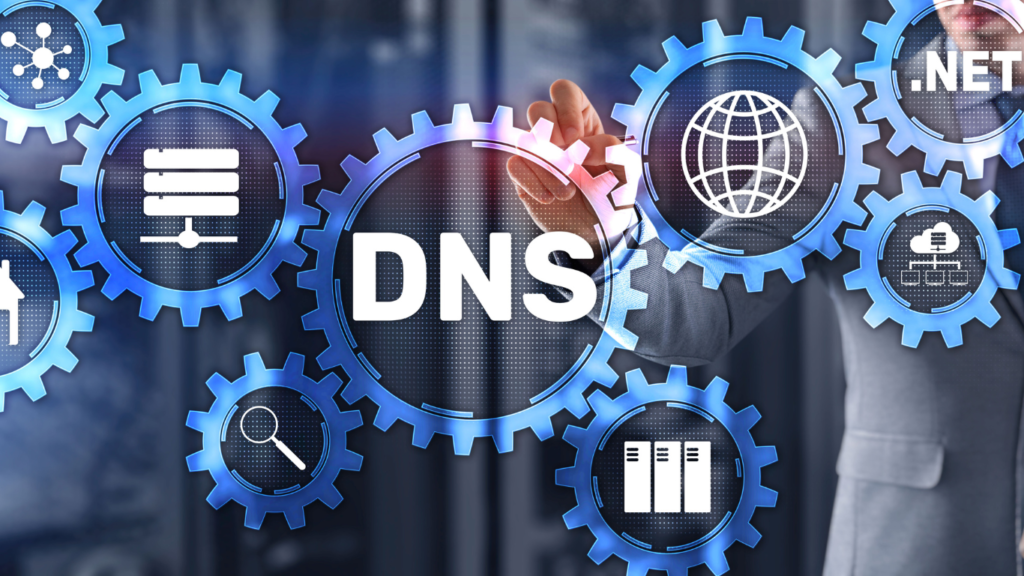The Active Directory domain controller (DC) locator serves a vital role in assisting clients to find the nearest domain controller, utilizing diverse methods for this purpose:
DNS-based discovery: The DC locator queries a DNS server to gather information about domain controllers.
LDAP-based discovery: It explores the Global Catalog for data about domain controllers.
NetBIOS-based discovery: Broadcasting a NetBIOS query for domain controllers.

However, recent enhancements by Microsoft have redefined this system, aiming to improve its functionality and security. Previously, if DNS-based discovery failed, the system defaulted to using the less secure NetBIOS method. To address this vulnerability, Microsoft implemented new rules within the group settings, prohibiting the use of NetBIOS when DNS-based discovery fails. This security measure aims to enhance the system’s resilience by avoiding the less secure NetBIOS method.
Now, instead of relying on NetBIOS, the system learns specific name matches directly from the main controller. This enables it to remember which long names correspond to which short names, thereby enhancing its efficiency in making connections.
For checking the system’s understanding of names, the ‘nltest’ tool provides insights into name matches. For instance:
Trust: cybersecveillance.com (CYB)
Here, the tool obtained information from ‘Trust,’ where ‘cybersecveillance.com’ corresponds to ‘CBY,’ the short name.
However, due to these changes, if someone tries to find a location using the short name, they might not succeed because the system might lack sufficient information. Microsoft has enabled administrators to create custom matches to address this issue, thereby aiding the system in locating places more effectively.
In summary, Microsoft’s changes have significantly improved the process of locating places within a network, making it safer and more efficient. By discontinuing the use of the unreliable NetBIOS and introducing smarter ways for the system to remember names, network connections have become more secure and accessible.
From an ethical hacker's viewpoint:
mproved Security Measures: The updates prevent NetBIOS use when DNS-based discovery fails, reducing vulnerabilities and enhancing network defenses.
Adoption of Safer Practices: Microsoft’s shift away from less secure methods aligns with ethical hacking principles, emphasizing secure methodologies.
Emphasis on Custom Mapping: The allowance for custom mappings empowers organizations to enhance network resilience by filling knowledge gaps.
Evaluation of Tools: Tools like ‘nltest’ aid ethical hackers in analyzing system mappings, identifying potential loopholes, and improving network architecture.
Continuous Security Enhancement: Ethical hackers value ongoing security improvements, and Microsoft’s commitment aligns with this ethos, strengthening network defenses against potential threats.
In conclusion, the recent changes reflect a positive step toward fortifying network security, aligning with ethical hacking principles of advocating for robust defenses and proactive measures against vulnerabilities.
